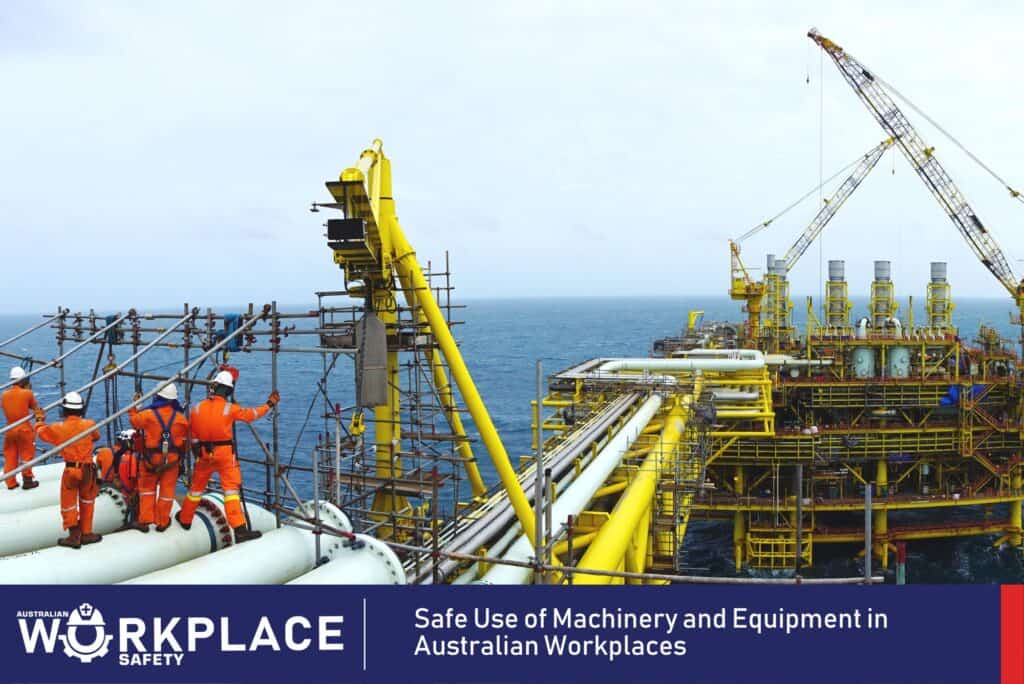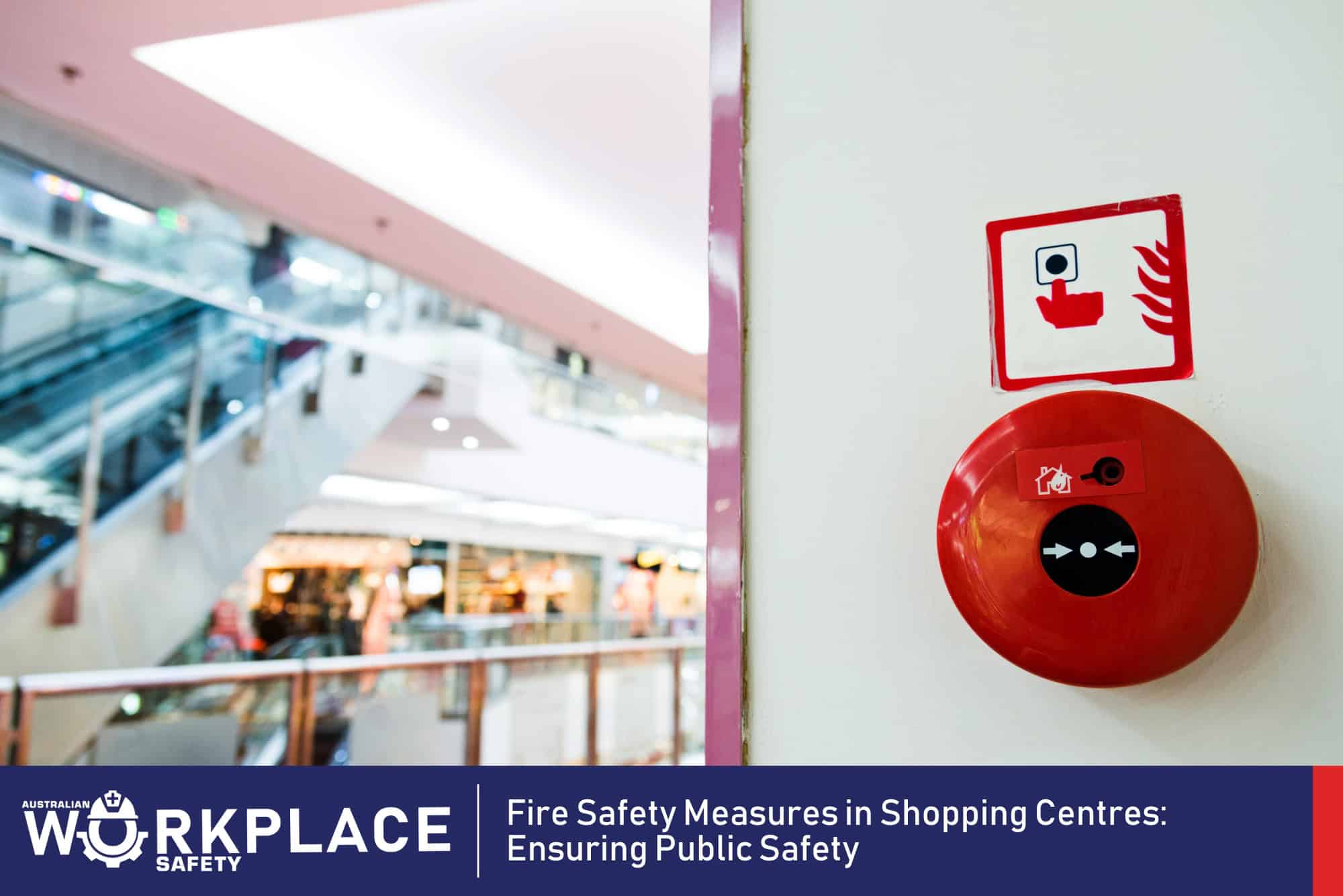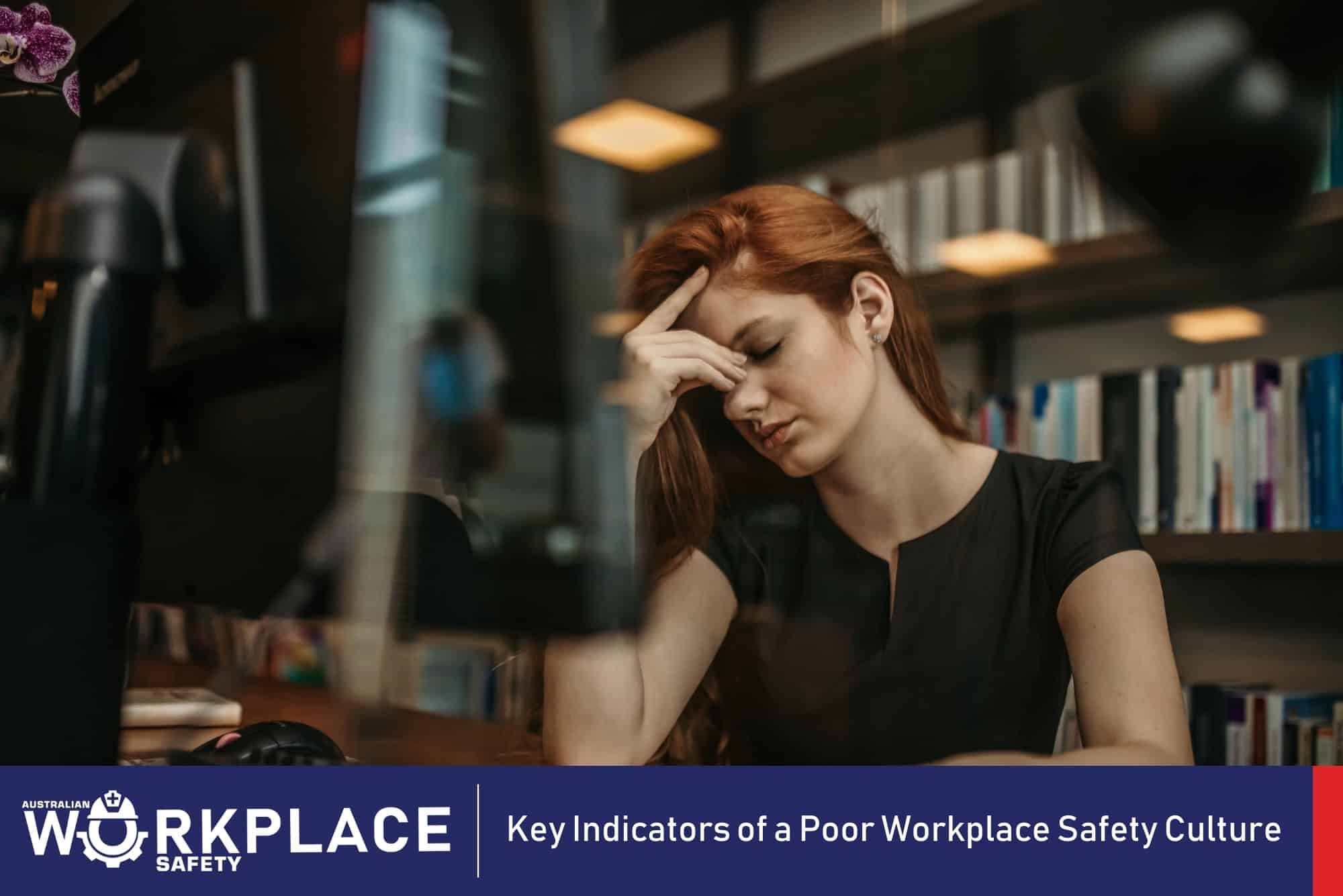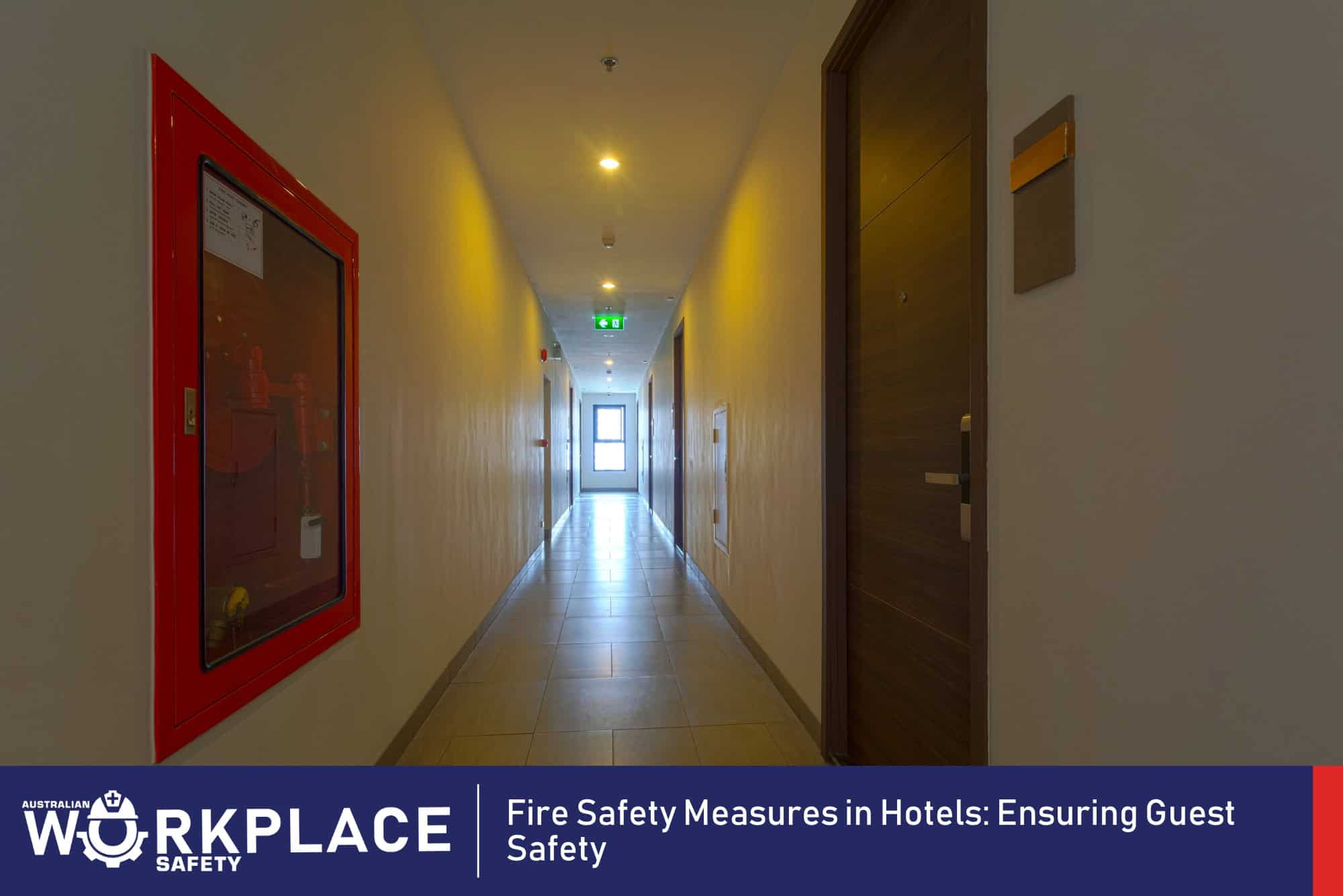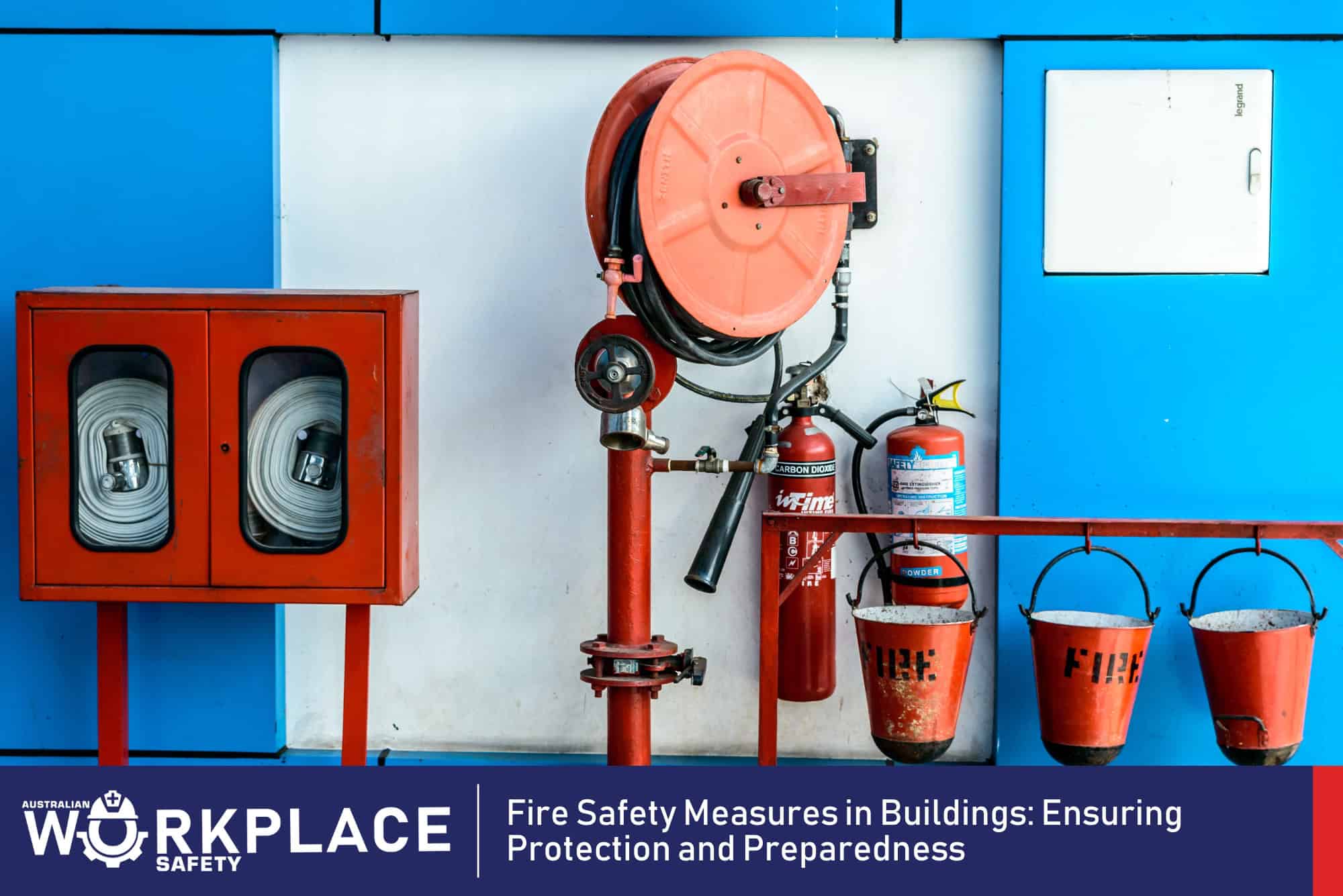Machinery and equipment play a vital role in various industries across Australia, contributing to productivity and efficiency. However, their operation also poses significant risks to workers’ safety if not handled correctly. Employers and workers must prioritise safety when working with machinery and equipment to prevent accidents and injuries. This article aims to provide guidance on the safe use of machinery and equipment in Australian workplaces, highlighting essential measures that employers and employees should follow to create a secure working environment.
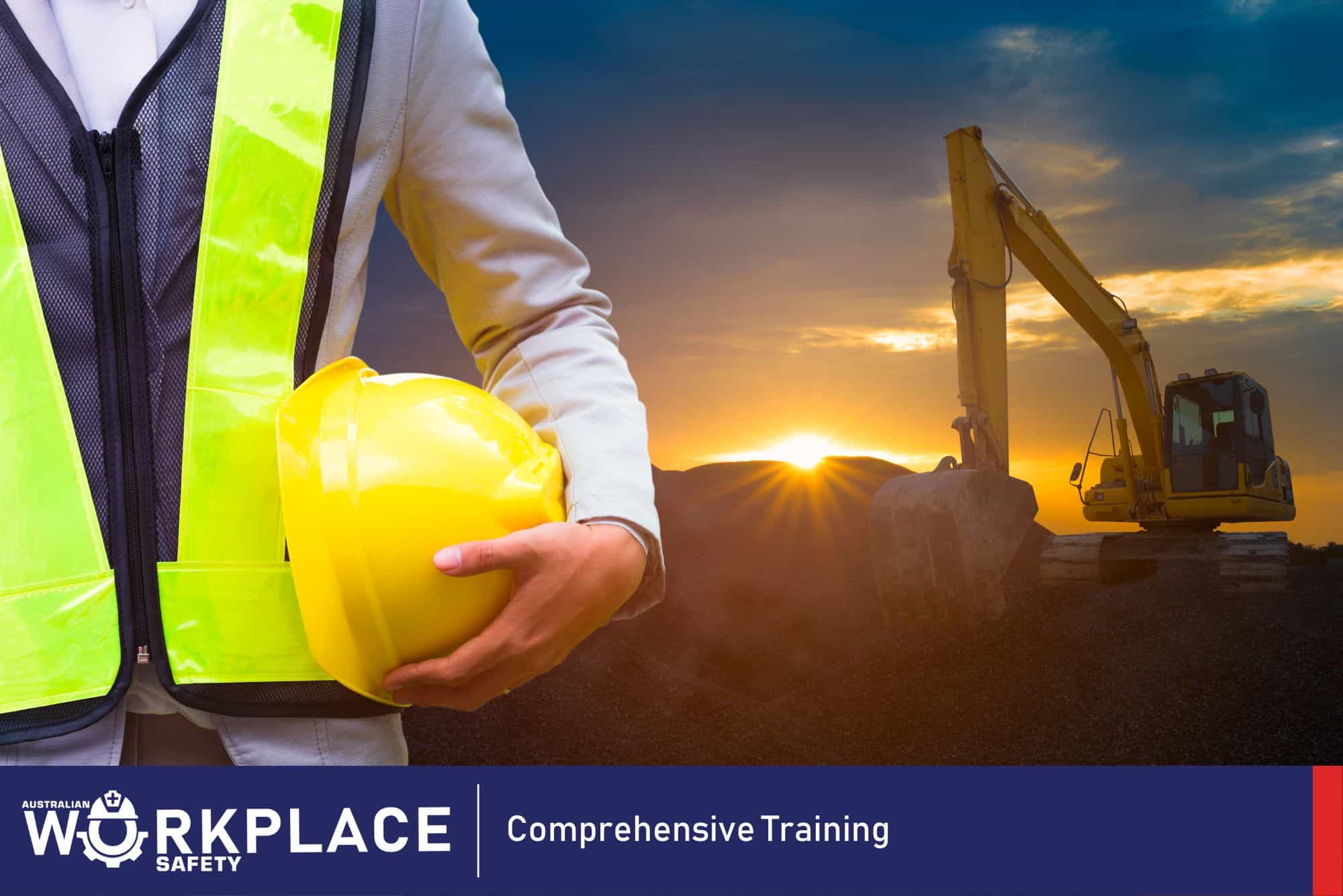
Comprehensive Training
- Employers: Ensure that all employees who operate machinery and equipment receive comprehensive training. This training should cover equipment operation, safety protocols, emergency procedures, and the proper use of personal protective equipment (PPE). Training should be ongoing and updated as needed.
- Employees: Actively participate in training programs and seek clarification on any safety-related concerns. Follow the guidelines provided during training and avoid operating machinery without proper authorisation.
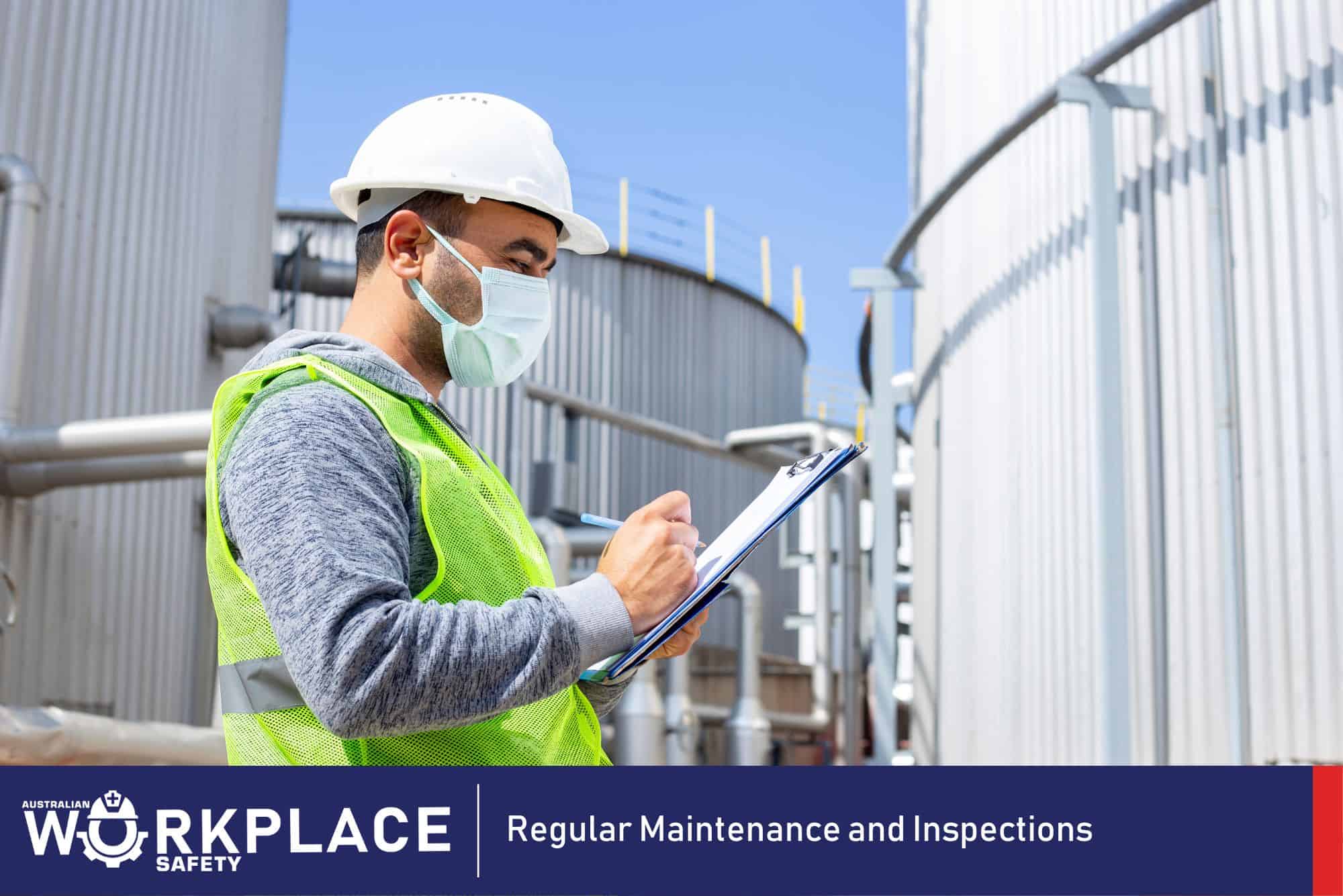
Regular Maintenance and Inspections
- Employers: Develop a maintenance schedule for all machinery and equipment. Regularly inspect and service equipment to identify and address potential issues promptly. Keep detailed maintenance records and ensure that all repairs are conducted by qualified technicians.
- Employees: Conduct pre-use checks before operating any equipment. Report any malfunctions, defects, or irregularities immediately to supervisors or maintenance personnel.
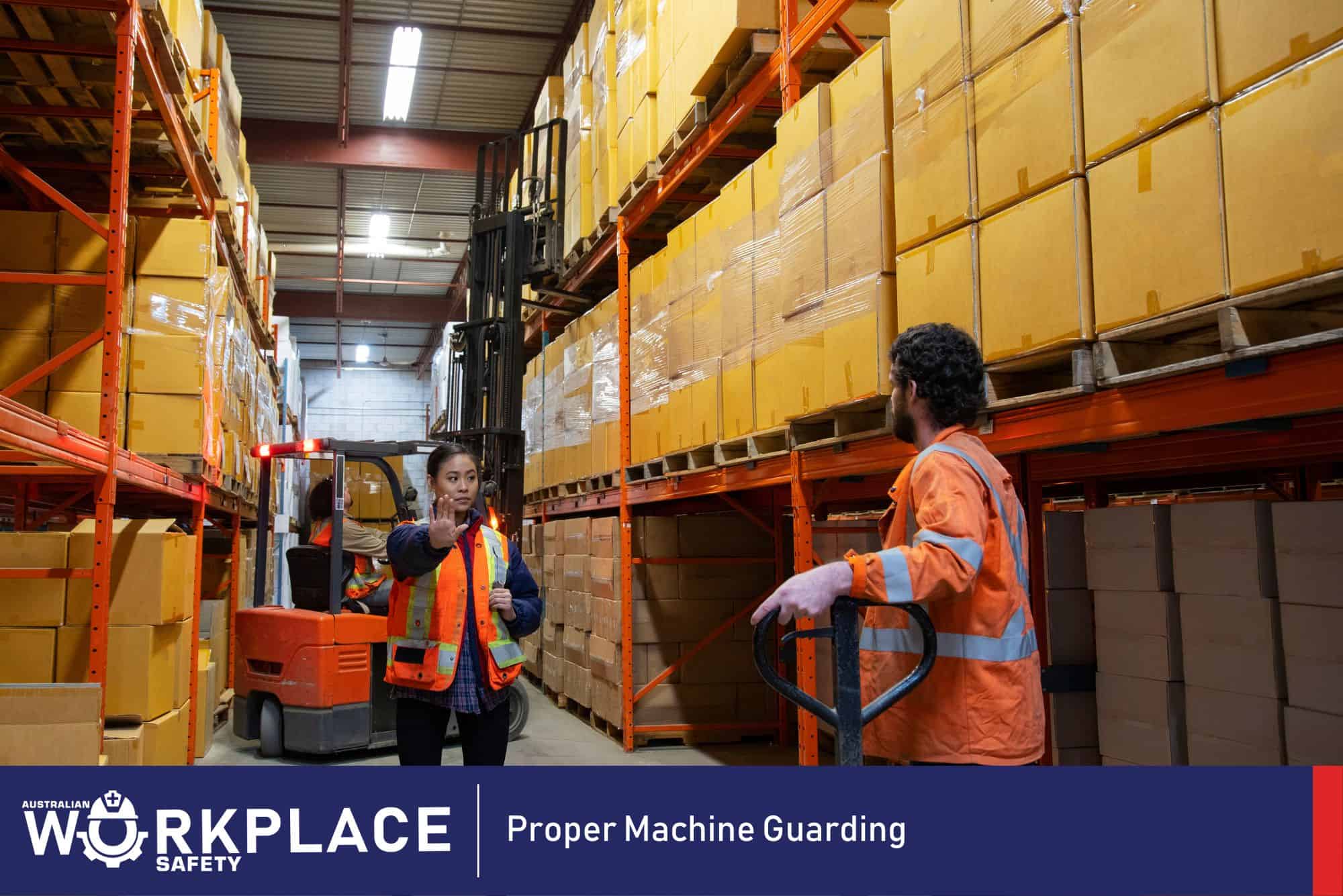
Proper Machine Guarding
- Employers: Install appropriate machine guarding to protect workers from moving parts and potential hazards. Ensure guards are in place and functional before machinery is used.
- Employees: Do not remove or tamper with machine guards under any circumstances. If a guard is missing or damaged, report it immediately to supervisors.
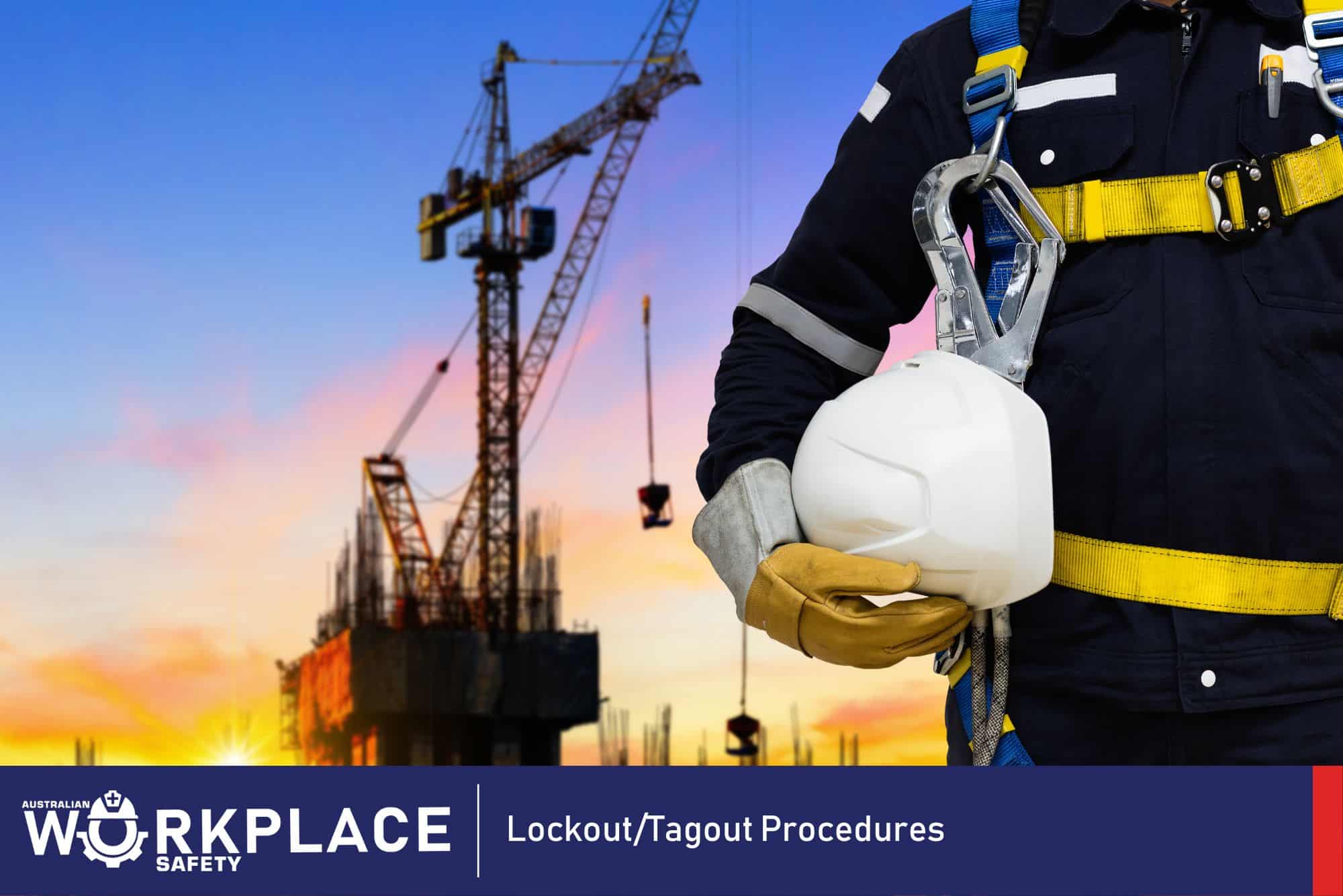
Lockout/Tagout Procedures
- Employers: Implement lockout/tagout procedures for equipment maintenance and repair to prevent accidental startup or release of energy. Train employees on these procedures thoroughly.
- Employees: Follow lockout/tagout procedures diligently and never attempt to bypass safety measures.
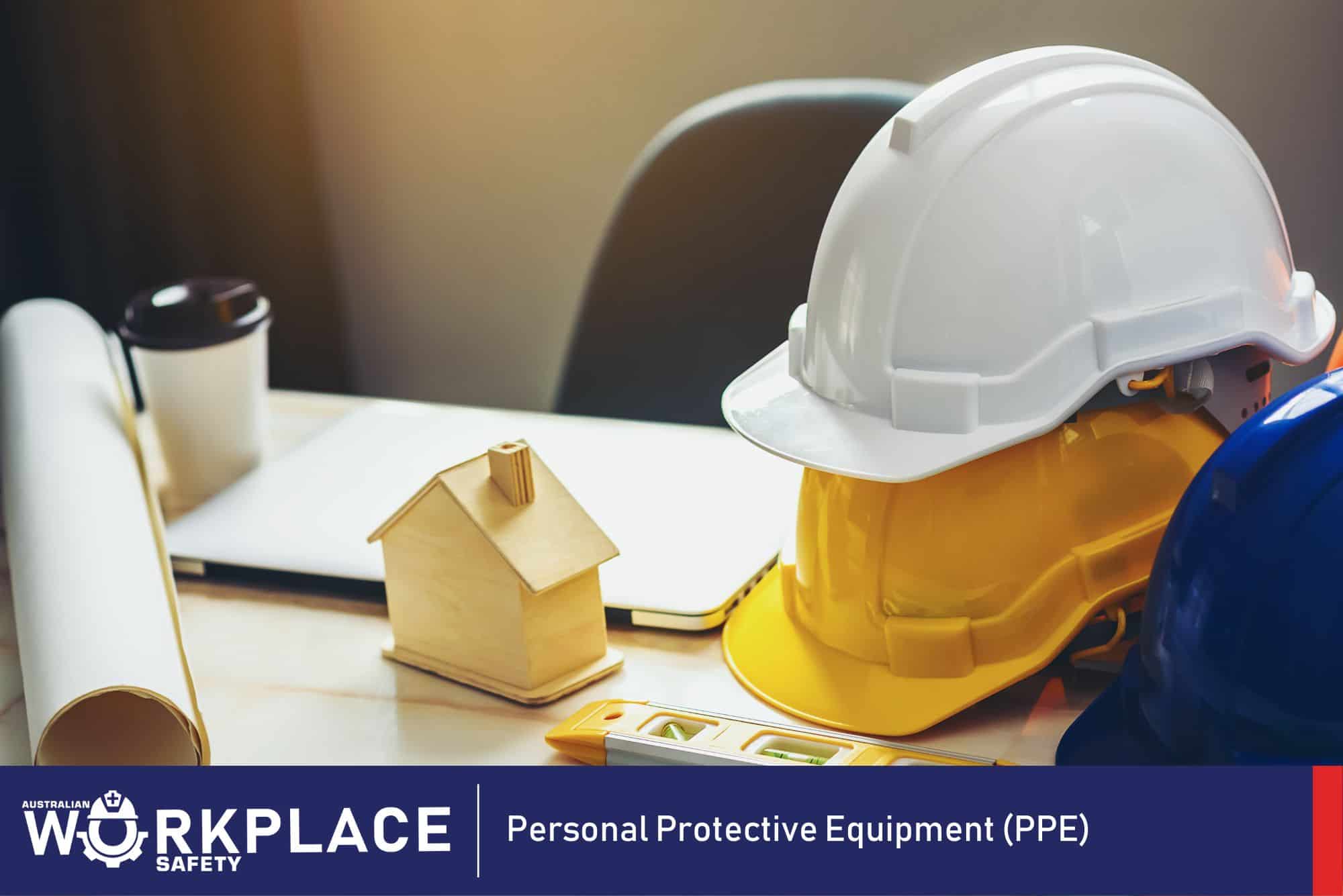
Personal Protective Equipment (PPE)
- Employers: Provide appropriate PPE, such as helmets, safety goggles, gloves, and ear protection, as needed for the specific machinery or equipment being used. Ensure that employees wear the designated PPE at all times.
- Employees: Wear the required PPE consistently and properly. Report any PPE that is damaged or no longer effective.
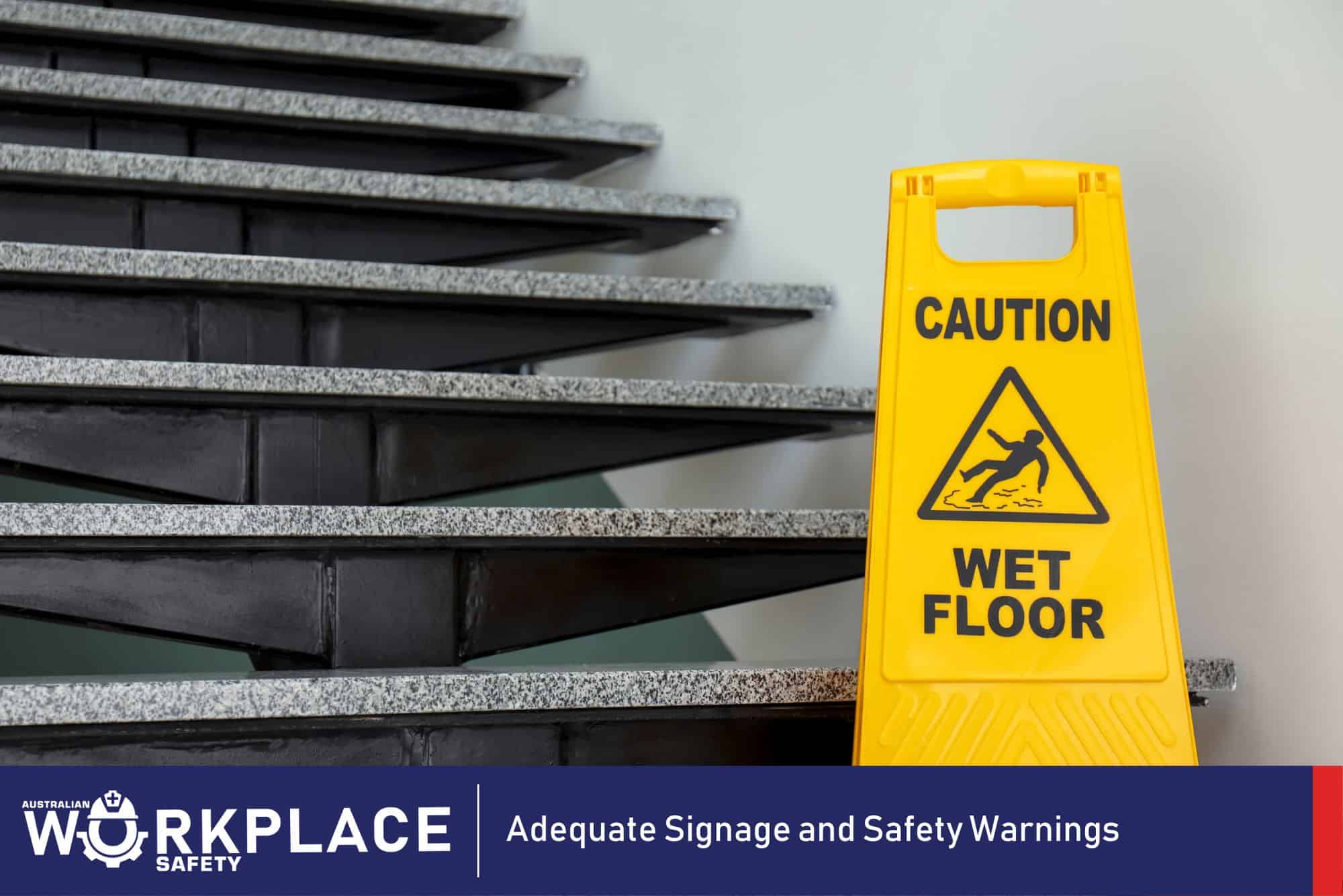
Adequate Signage and Safety Warnings
- Employers: Display clear and prominent safety signs and warnings near machinery and equipment. Ensure that all workers understand the meaning of each sign.
- Employees: Pay attention to safety signs and follow the instructions they convey. Seek clarification if the meaning of a sign is unclear.
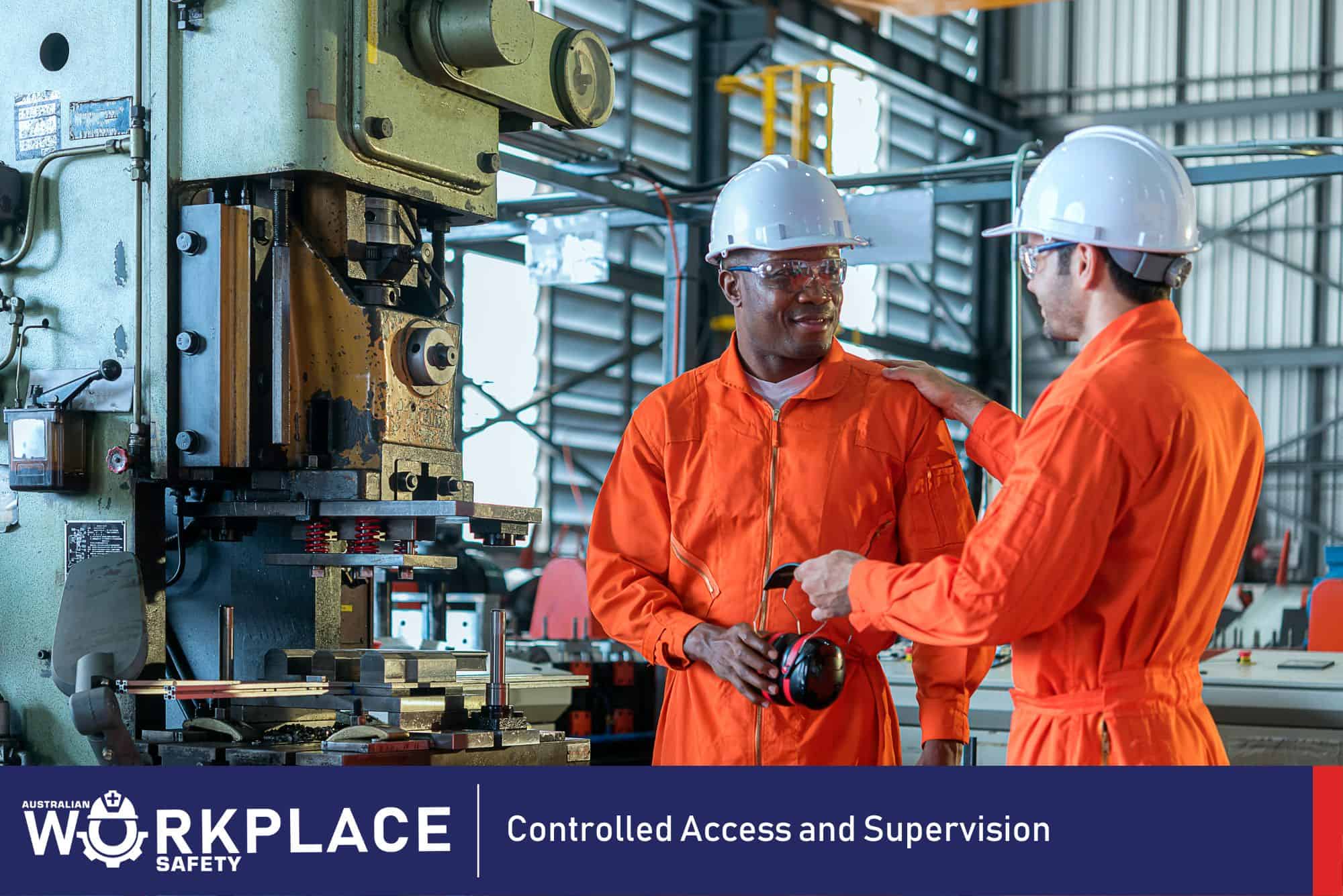
Controlled Access and Supervision
- Employers: Control access to machinery and equipment to authorised personnel only. Provide proper supervision, especially for less-experienced workers.
- Employees: Do not allow unauthorised personnel to access or operate machinery. Seek assistance or guidance from supervisors when necessary.
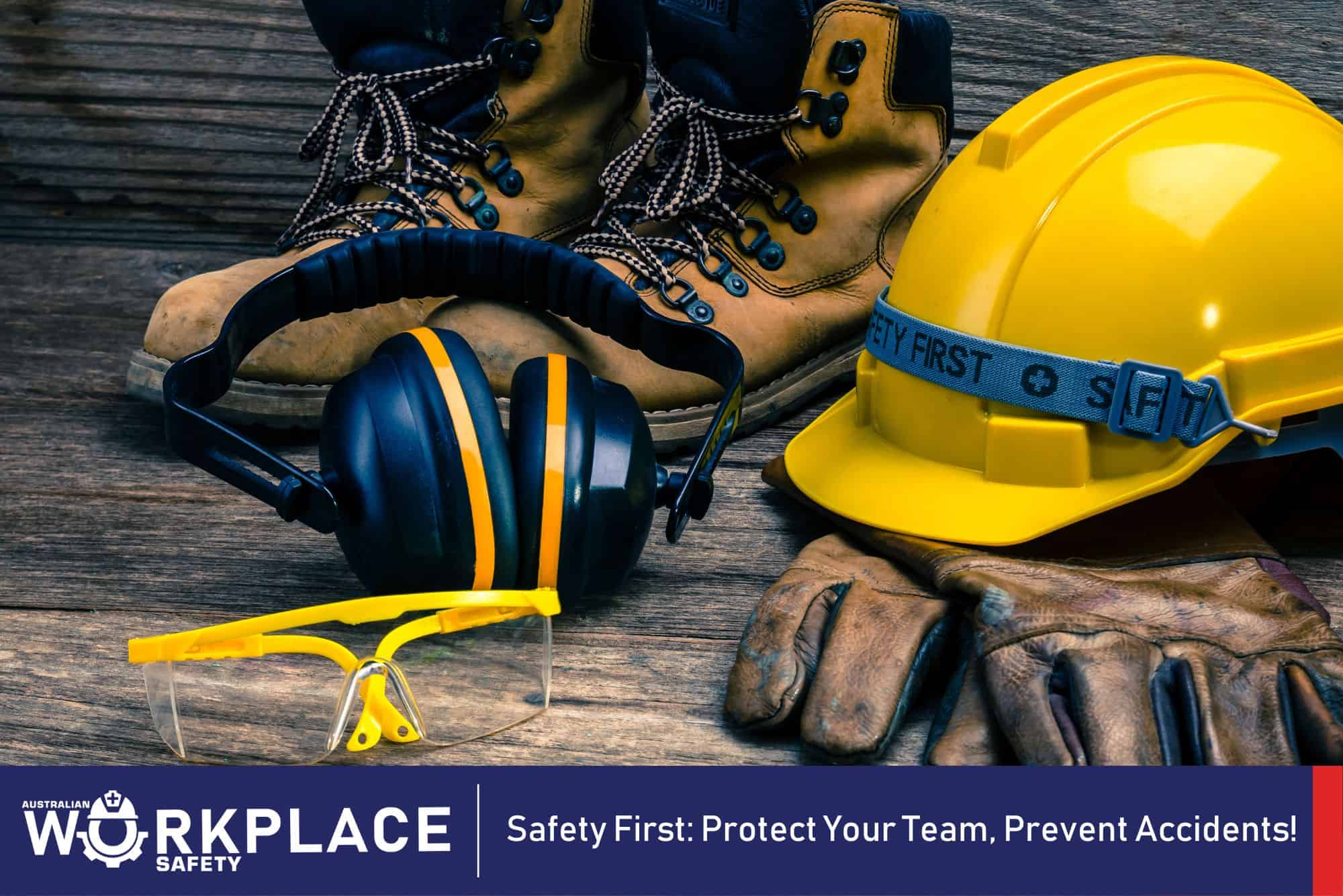
Safety First: Protect Your Team, Prevent Accidents!
The safe use of machinery and equipment is a shared responsibility between employers and employees in Australian workplaces. By prioritising comprehensive training, regular maintenance, proper machine guarding, lockout/tagout procedures, and the use of personal protective equipment, employers can create a secure working environment. Simultaneously, employees must adhere to safety guidelines, participate actively in training, and report any safety concerns promptly. Together, these measures will significantly reduce the risk of accidents and injuries, promoting a safer and more productive workplace for all.
Disclaimer: The information provided in this blog is intended for general informational purposes only. The safety practices outlined are based on general principles and may not address specific workplace conditions or legal requirements. It is important for employers and employees to consult with relevant occupational health and safety authorities, legal professionals, and industry-specific guidelines to ensure compliance with applicable laws and regulations. Every workplace is unique, and safety practices should be tailored to specific circumstances and risks. The author and publisher of this blog are not liable for any damages or losses that may arise from the use or implementation of the information provided.
